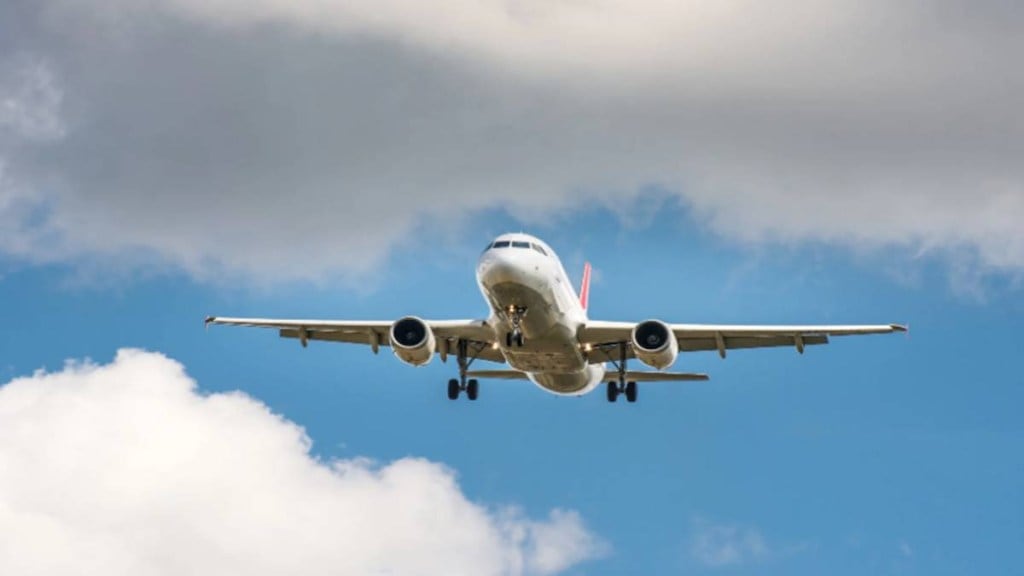India has once again extended the closure of its airspace for Pakistani aircraft, including both commercial and military flights, till the early hours of September 24, according to a fresh Notice to Airmen (NOTAM) issued by aviation authorities. Pakistan, in turn, has also prolonged its own ban on Indian carriers for the same period.
Reciprocal restrictions
The reciprocal restrictions were first imposed in the last week of April following the April 22 Pahalgam terror attack that killed 26 people. Initially meant to last a month, the curbs have since been repeatedly extended, making this the fifth consecutive month of closure.
India barred Pakistani flights from April 30, days after Islamabad shut its skies to Indian carriers. Both countries have since been issuing monthly NOTAMs, ensuring that the bans remain in place.
Rising costs for Indian airlines
While the restrictions have had limited impact on Pakistan International Airlines due to its smaller global footprint, Indian carriers are facing severe operational and financial strain. As per aviation data cited by The Indian Express, nearly 800 weekly flights are being affected. Services from Delhi, Jaipur, Lucknow, and Amritsar are now forced to take longer detours, bypassing Pakistan.
These reroutings increase flight time and fuel burn, push up operating costs, and complicate crew scheduling. Air India, with its large transcontinental network, is the hardest hit and has warned the government of potential losses of up to $600 million annually if diversions continue. IndiGo has already dropped certain Central ASEAN routes, while carriers like Akasa Air, Air India Express, and SpiceJet, focused on West Asia, are also absorbing higher costs.
Industry experts point out that the last major shutdown of Pakistan’s airspace in 2019 had cost Indian airlines around Rs 700 crore. With the current curbs stretching into months, airlines are preparing for another prolonged financial hit.

